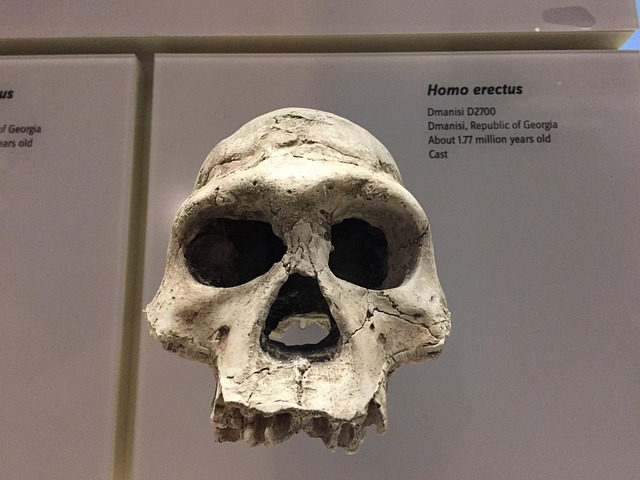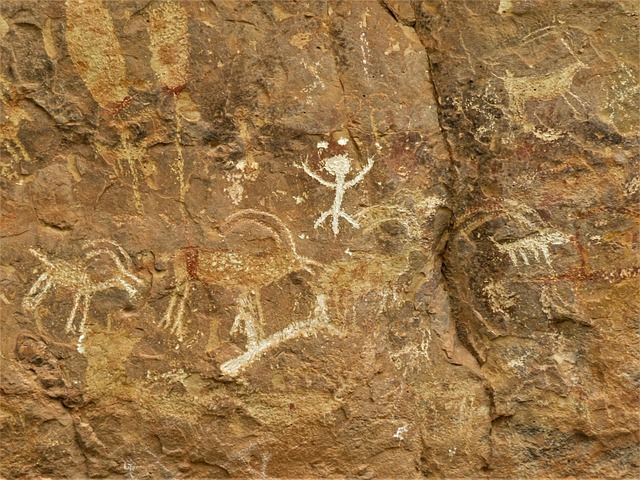Romantic kissing may have originated far earlier in our evolutionary past than previously thought, according to a new study indicating the behaviour first appeared in a common ancestor of humans and other great apes around 21 million years ago.
++ The peregrine falcon: nature’s fastest killer in the sky
Researchers have long noted that several species display gestures resembling kissing, including chimpanzees, gorillas, dogs, cats and even dolphins. Yet the practice has remained something of an evolutionary conundrum: despite carrying risks such as the spread of disease, it offers no clear survival or reproductive advantage. While kissing has traditionally been examined for its emotional and cultural significance in human societies, its evolutionary role has remained far less clear, scientists at the University of Oxford say.
For the first time, researchers have now traced the origins of kissing by mapping the behaviour onto the primate evolutionary tree. Their findings suggest the gesture became widespread among prehistoric great apes — ancestors of modern humans — between 21.5 and 16.9 million years ago.
According to the study, published in Evolution and Human Behaviour, the trait persisted throughout evolutionary history, remaining common among many great apes, including gorillas and humans. The researchers also note that evidence from oral bacteria in early humans and Neanderthals points to the exchange of saliva, implying that our extinct relatives likely kissed as well.
“This is the first time anyone has taken such a broad evolutionary approach to investigate kissing,” said evolutionary biologist Matilda Brindle from the University of Oxford.
“Our findings contribute to growing research that highlights the extraordinary diversity of sexual behaviours seen across our primate relatives,” added Dr Brindle, the study’s lead author.
++ Power and finesse: the monkey that bites like a jaguar
To reach their conclusions, the team first established a definition of kissing as non-aggressive, mouth-to-mouth contact without the exchange of food. They then reviewed evidence of kissing across a range of primate species, focusing on African, European and Asian lineages such as bonobos, chimpanzees and orangutans.
Using these observations, the researchers plotted the behaviour onto a primate family tree to estimate when it most likely evolved. Computer simulations were then used to assess the probability that ancestors across different branches also engaged in kissing. The results indicate that romantic kissing first emerged in a large ape species around 21.5 million years ago.
“Although kissing may seem universal, it has only been formally identified in 46 per cent of human cultures,” noted Catherine Talbot, a co-author of the study.
“Given how differently societies interpret and practise kissing, it raises important questions about whether this behaviour is an evolutionary adaptation or a cultural development. This study represents an early step towards answering that,” Dr Talbot said.





